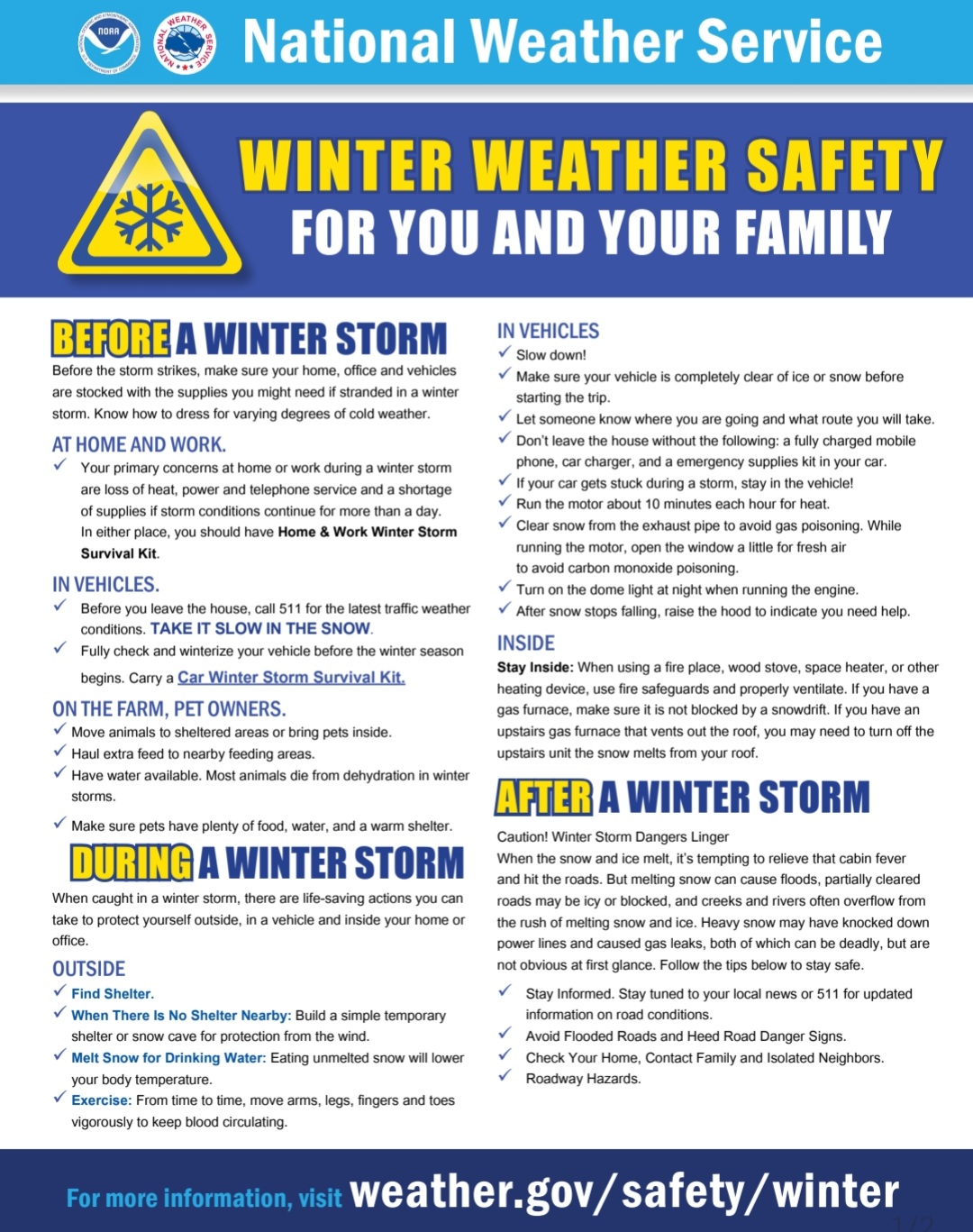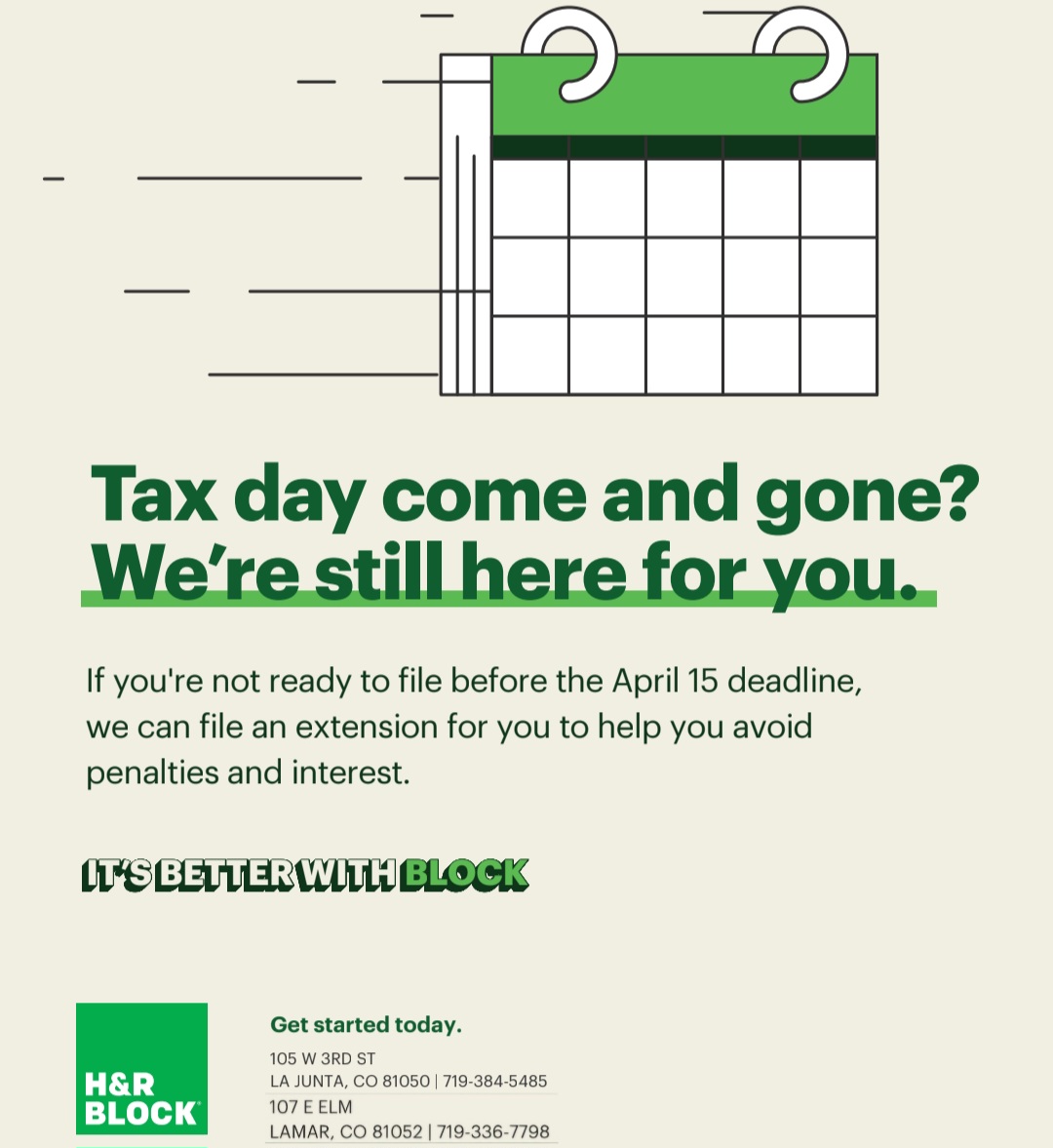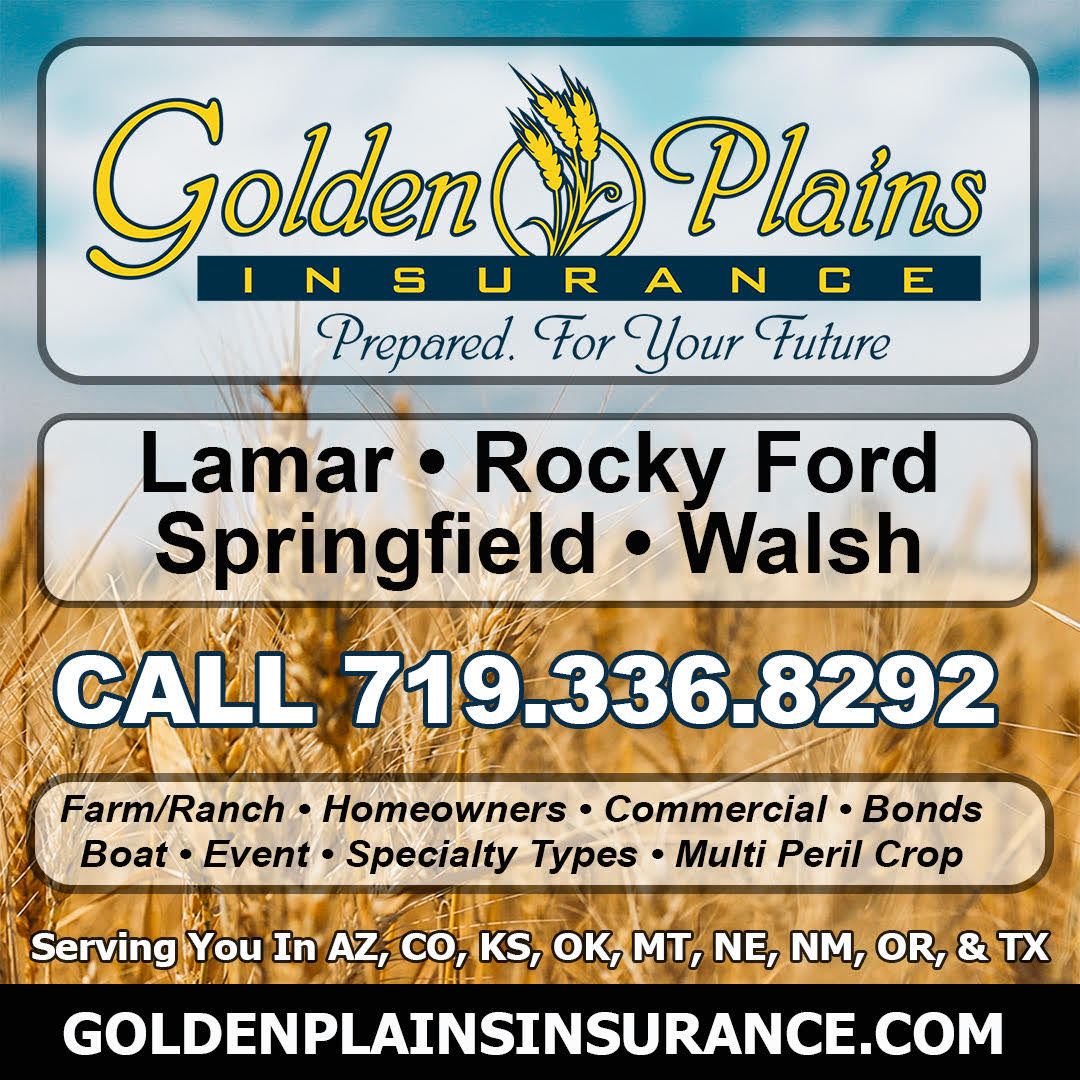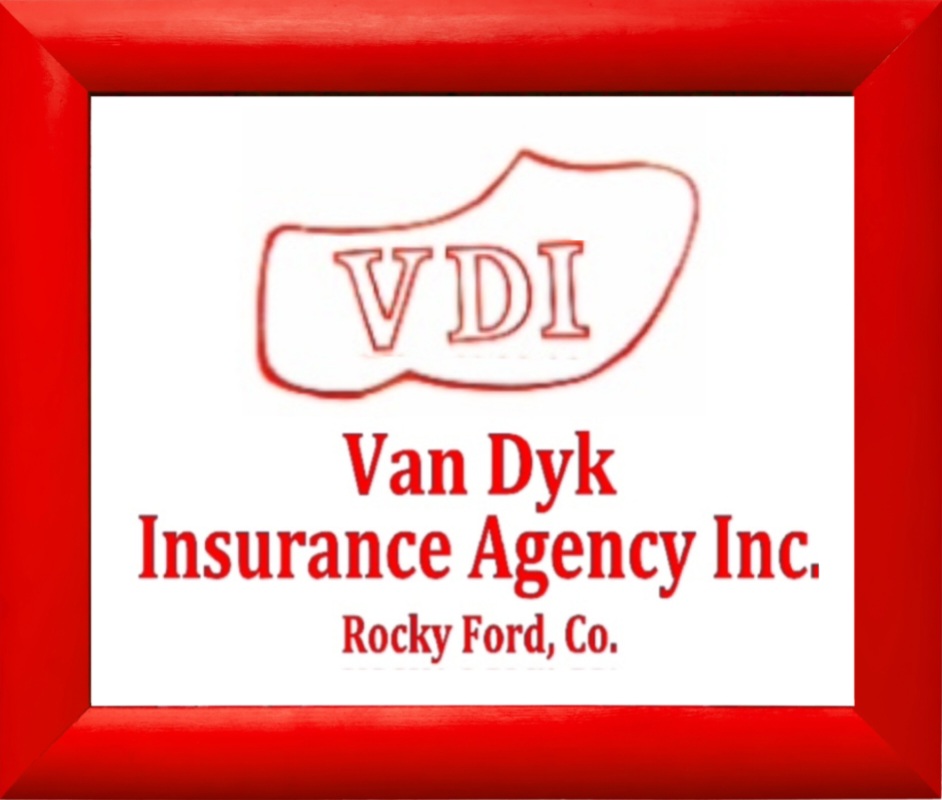National Weather Service: Winter Safety Tips

Description: Here are some Winter Weather Safety Tips from the National Weather Service from their media archive - WINTER WEATHER SAFETY FOR YOU AND YOUR FAMILY...

Article Podcast
Click Play to Listen.
National Weather Service: Winter Safety Tips
WINTER WEATHER SAFETY FOR YOU AND YOUR FAMILY
BEFORE A WINTER STORM
Before the storm strikes, make sure your home, office and vehicles are stocked with the supplies you might need if stranded in a winter storm. Know how to dress for varying degrees of cold weather.
AT HOME AND WORK.
✓ Your primary concerns at home or work during a winter storm are loss of heat, power and telephone service and a shortage of supplies if storm conditions continue for more than a day. In either place, you should have Home & Work Winter Storm Survival Kit.
IN VEHICLES.
✓ Before you leave the house, call 511 for the latest traffic weather conditions. TAKE IT SLOW IN THE SNOW.
Fully check and winterize your vehicle before the winter season begins. Carry a Car Winter Storm Survival Kit.
ON THE FARM, PET OWNERS.
✓ Move animals to sheltered areas or bring pets inside.
✓ Haul extra feed to nearby feeding areas.
✓ Have water available. Most animals die from dehydration in winter storms.
✓ Make sure pets have plenty of food, water, and a warm shelter.
DURING A WINTER STORM
When caught in a winter storm, there are life-saving actions you can take to protect yourself outside, in a vehicle and inside your home or office.
IN VEHICLES
✓ Slow down!
✓ Make sure your vehicle is completely clear of ice or snow before starting the trip.
✓ Let someone know where you are going and what route you will take.
✓ Don't leave the house without the following: a fully charged mobile phone, car charger, and a emergency supplies kit in your car.
✓ If your car gets stuck during a storm, stay in the vehicle!
✓ Run the motor about 10 minutes each hour for heat.
✓Clear snow from the exhaust pipe to avoid gas poisoning. While running the motor, open the window a little for fresh air to avoid carbon monoxide poisoning.
✓ Turn on the dome light at night when running the engine.
✓ After snow stops falling, raise the hood to indicate you need help.
INSIDE
Stay Inside: When using a fire place, wood stove, space heater, or other heating device, use fire safeguards and properly ventilate. If you have a gas furnace, make sure it is not blocked by a snowdrift. If you have an upstairs gas furnace that vents out the roof, you may need to turn off the upstairs unit the snow melts from your roof.
AFTER A WINTER STORM
Caution! Winter Storm Dangers Linger when the snow and ice melt, it's tempting to relieve that cabin fever and hit the roads. But melting snow can cause floods, partially cleared roads may be icy or blocked, and creeks and rivers often overflow from the rush of melting snow and ice. Heavy snow may have knocked down power lines and caused gas leaks, both of which can be deadly, but are not obvious at first glance. Follow the tips below to stay safe.
OUTSIDE
✓ Find Shelter.
✓ When There Is No Shelter Nearby: Build a simple temporary shelter or snow cave for protection from the wind.
✓ Melt Snow for Drinking Water: Eating unmelted snow will lower your body temperature.
✓ Exercise: From time to time, move arms, legs, fingers and toes vigorously to keep blood circulating.
✓ Stay Informed. Stay tuned to your local news or 511 for updated information on road conditions.
✓Avoid Flooded Roads and Heed Road Danger Signs.
✓ Check Your Home, Contact Family and Isolated Neighbors.
✓ Use Caution when Facing Roadway Hazards.
Follow SECO Weather on Facebook.
Subscribe to the SECO News YouTube Channel.
Follow SECO News on Facebook.
Subscribe to the SECO News YouTube Channel.
SECO Weather Sponsor






.png)






.png)
.png)


.png)







